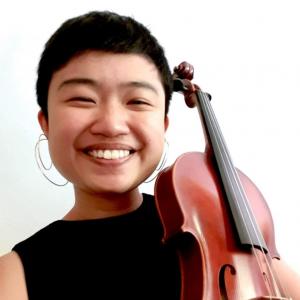Event Date:
Event Location:
- https://ucsb.zoom.us/j/6606196473
Parents of minimally-speaking Autistic children often use routinized, co-constructed verbal sequences as communicative resources for engagement, expanding upon the child’s limited linguistic repertoire to foster their verbal output (Loveland & Tunali 1991; Wray, 2008; Sidtis, 2012). These shared sequences have a specific verbal format (e.g. “ready... set... go!”, “one... two... three... blow!”), where the child and adult alternate in providing verbal utterances that co-jointly progress toward a particular goal.
But what happens if a child’s goals differ from their parent’s? Previous work has shown that Autistic children can progress a shared sequence, but may alter its direction through variation
to the sequence (Chen, 2013; Muskett, 2010, Sterponi & Fasulo, 2010). However, some questions remain: 1) Can pre-established templates be identified structurally in co-constructed shared sequences? 2) When parent and child seem to diverge in their intended goals, what means does the child have for directing interaction in a way that favors his goal? 3) What embodied resources do Autistic children use in these interactions?
In this talk and data session, I will present co-constructed interactional sequences between parents and their Autistic children. The data comes from a corpus of video recordings (15 hours) of naturally-occurring family interactions involving three minimally-speaking children aged 6 and 8 years old, each with clinical diagnosis of Autism. The children were video-recorded in their homes during their everyday activities. This study shows how despite the verbal formulaicity and rigidity in these shared interactional sequences, they nonetheless offer structure from which Autistic children can produce novel contributions and exercise creativity in transforming interaction.

